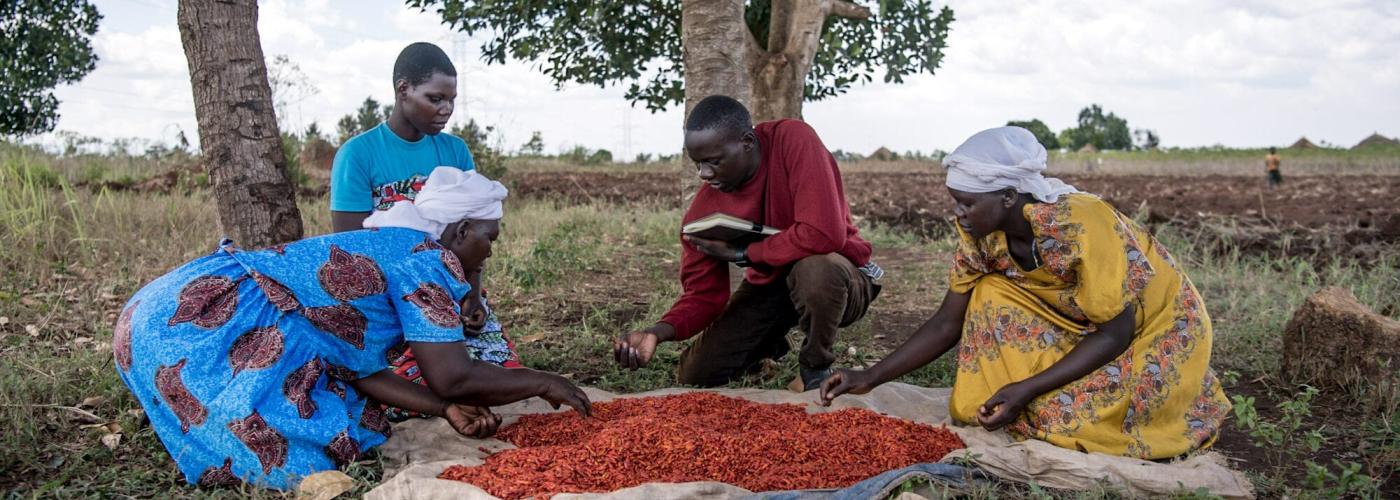Post-Event Resources: Realizing the Potential of Development Impact Bonds: Is the Verdict Still Out?
Image

On May 12, 2022, the USAID Private Sector Engagement (PSE) Hub held "Realizing the Potential of Development Impact Bonds: Is the Verdict Still Out?," a webinar in the Mobilizing Finance for Development (MF4D) series. Check out the event page to read the panelist biographies.
Key Event Highlights
Overview of Impact Bonds
- Impact bonds are not technically "bonds", but they have features that attract impact investors who are looking for financial as well as environmental, social, and governance (ESG) returns.
- The overall approach of an impact bond is to pay for outcomes rather than efforts when addressing development challenges.
- Impact bonds have both champions and detractors:
- Pros: Impact bonds bring in new partners and awareness to development challenges.
- Cons: Impact bonds can be costly and take a long time to structure. There may be easier pay-for-results approaches that accomplish the same goal.
State of the Impact Bond Market Today:
- The Brookings Institution database reports 226 impact bonds have been contracted globally across 38 countries to date:
- 210 social impact bonds (SIBs)
- 16 development impact bonds (DIBs)
- SIBs require at least one outcome funder to be a government entity. Outcome funders for DIBs may be a third party like a donor agency or foundation.
- The majority of impact bonds have been contracted in the social welfare sector, followed by employment, health, and education.
- The potential benefits of impact bonds are considered through the three “E”s:
- Effectiveness: the ability to achieve outcomes using a “levers of change” framework.
- Economic Returns: personal and social economic returns.
- Ecosystem Effects: these include performance management systems, innovation in delivery,
potentially crowding in private funding, reducing government risk, incentivizing collaboration, and
sustained impact.
Speaker Debate
Statement 1: Impact Bonds Achieve Better Results than Alternative Mechanisms
| Agree | Disagree |
|---|---|
|
|
|
|
|
|
|
Statement 2: Impact Bonds Achieve Better Results than Alternative Mechanisms
| Agree | Disagree |
|---|---|
|
|
|
|
|
|
|
Statement 3: Impact Bonds will Become Mainstream
| Agree | Disagree |
|---|---|
|
|
|
|
|
|
|
|
|
Statement 4: Private Investors Bring Benefits Beyond Just Capital Alone
| Agree | Disagree |
|---|---|
|
|
|
|
|
|
|
Webinar Resources
Event Resources
Webinar Blogs
- Are DIBs Right for You?
- Development Impact Bonds: Innovative new development finance tool...or overly complicated shiny new instrument?
- Enhancing Government Effectiveness - DIBs, a Valuable Tool for a Much Broader Agenda
Speaker Resources
- Refugee Impact Bond (implemented by the Near East Foundation)
- Brookings Institution Report: Do the Benefits Outweigh the Costs of Impact Bonds
Mobilizing Finance for Development (MF4D) Webinar Series Resources
- Mobilizing Finance for Development Marketlinks Course Landing Page
- Mobilizing Finance for Development – A Comprehensive Introduction
- Vignettes Handbook – Mobilizing Finance for Development
- Finance Wiki on Marketlinks

